The Culture Of Spain
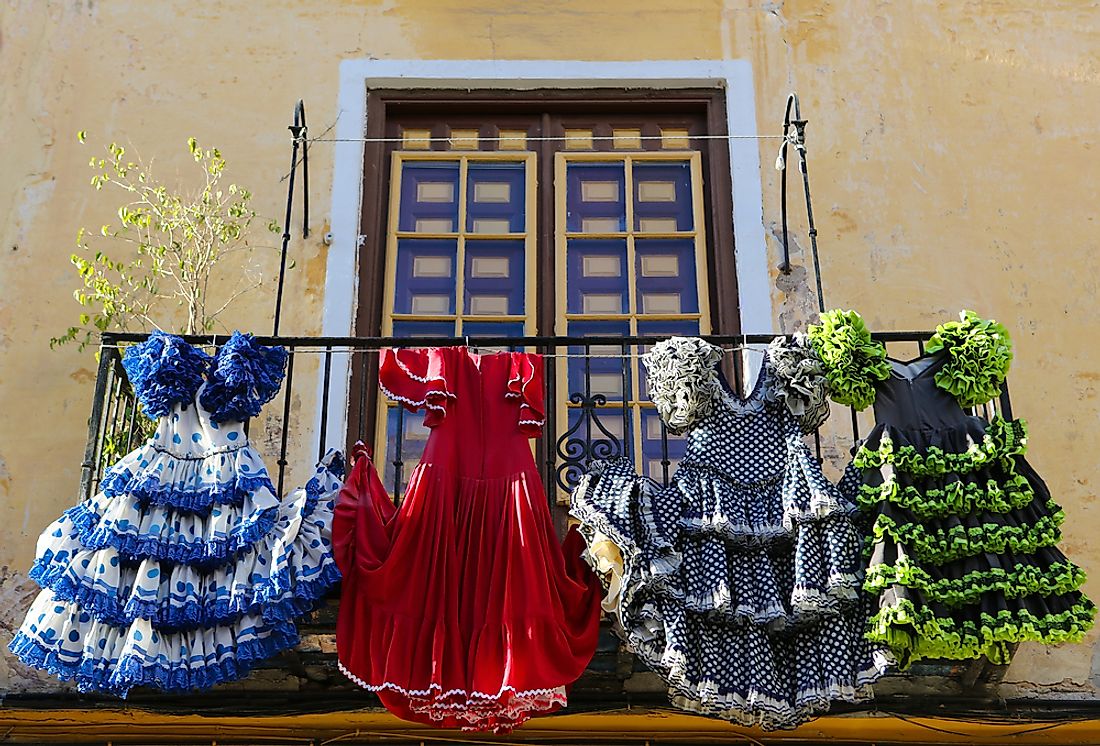
- Historically, Spain's culture has been heavily influenced by religion, but this influence is slowly losing its prevalence.
- Spanish literature is credited with the creation of the picaresque genre, which follows the adventures of a rogue protagonist.
- Spaniards enjoy tapas as an afternoon snack, which is a selection of different foods served hot or cold at bars and restaurants.
- Though modern Western clothing is usually worn in Spain today, traditional items can still be seen at festivals or rural areas.
- Football (soccer) is very popular among Spaniards, and they have several high-performing teams.
Spain has a diverse culture, shaped by thousands of years of occupation by different empires. The ancient Greeks, Romans, Moors, Celts, Carthaginians and Phoenicians who settled in the country all left their mark on the cultural heritage of the country. Religion (and Christianity in particular) is also an important factor in shaping the traditions and customs in Spain.
7. Social Beliefs And Customs
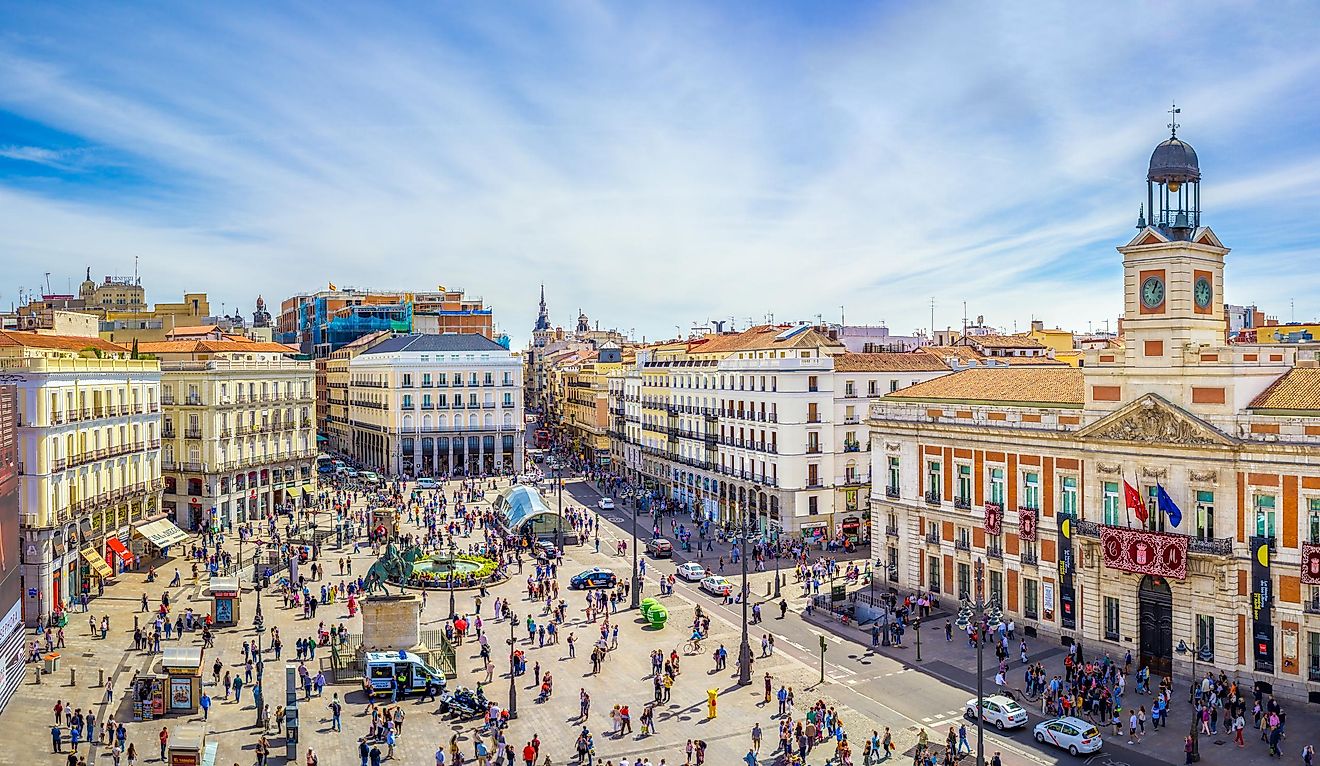
Social beliefs and customs practiced in Spain are influenced by the local religion and traditions. Spaniards are known for being courteous and will shake hands when they meet and when departing. When interacting with the elderly they show respect by using titles such as don for men and doña for women. Married women wear wedding rings on their right hands as opposed to the left hand.
The family, be it the immediate relations or the extended family, is very important to Spaniards. Though it can be a conservative culture in some ways, it has also spearheaded its share of progress, such as becoming one of the earlier countries in legalizing same-sex marriage.
6. Religion, Festivals, And Holidays
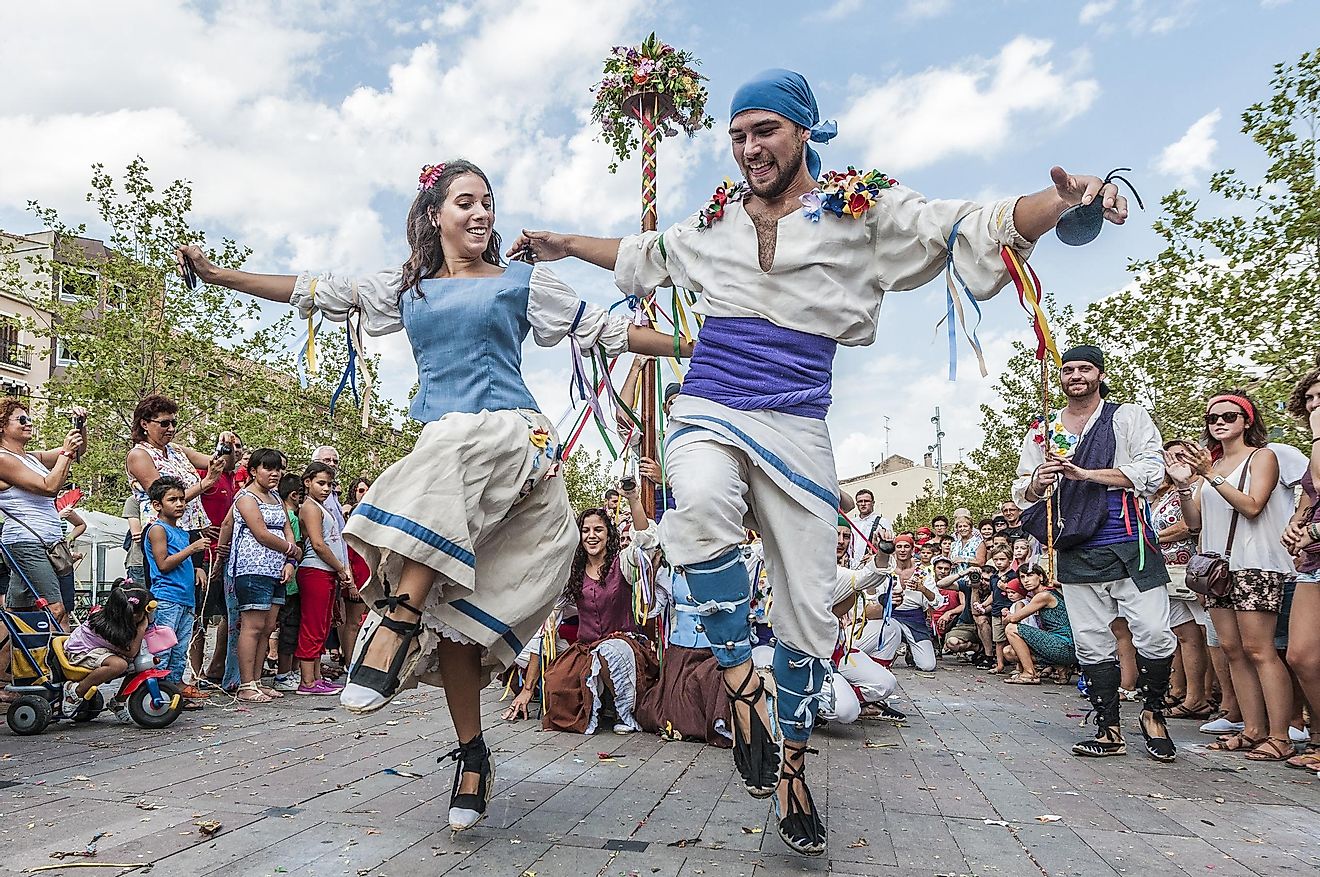
Christianity is the dominant religion in Spain with the vast majority of Spaniards identifying themselves as Catholic. About 70% belong to the Catholic religion, while 26% of the population identifies as atheists. However, despite the historical prevalence of the Roman Catholic Church in Spain, the denomination has experienced a steady decline both in followers as well as clergy with the number of nuns seeing a drop in recent years. Lately, about 58% of Roman Catholics say they rarely attend mass.
Islam is the second-largest religion in Spain with about 800,000 citizens identifying as Muslims. The rise of Islam in the country is attributed to the influx of immigrants from Morocco in the 1990s, many of whom are Muslim. Jewish people make up a minority of the population with about 1% of Spaniards practicing the Jewish religion, with the majority being found in Madrid and Barcelona. Other religions practiced in Spain include Buddhism, Taoism, Hinduism, and Paganism.
Spaniards are known the world over for their love of celebrations and festivals. These festivals are locally known as “Fiestas” and include Las Fallas. Held in March in Valencia, Las Fallas is arguably the largest celebration in Spain and features parades, fireworks, dancing, and ceremonial burning. Another top festival is the Carnival of Cadiz, held annually 40 days before Easter. Spain also has several national holidays which are observed all over the country and include the Day of Epiphany held on January 6th, Labor Day on May 1st, and the Constitution Day, observed on December 8th and marking the anniversary of the approval of their constitution.
5. Music And Dance
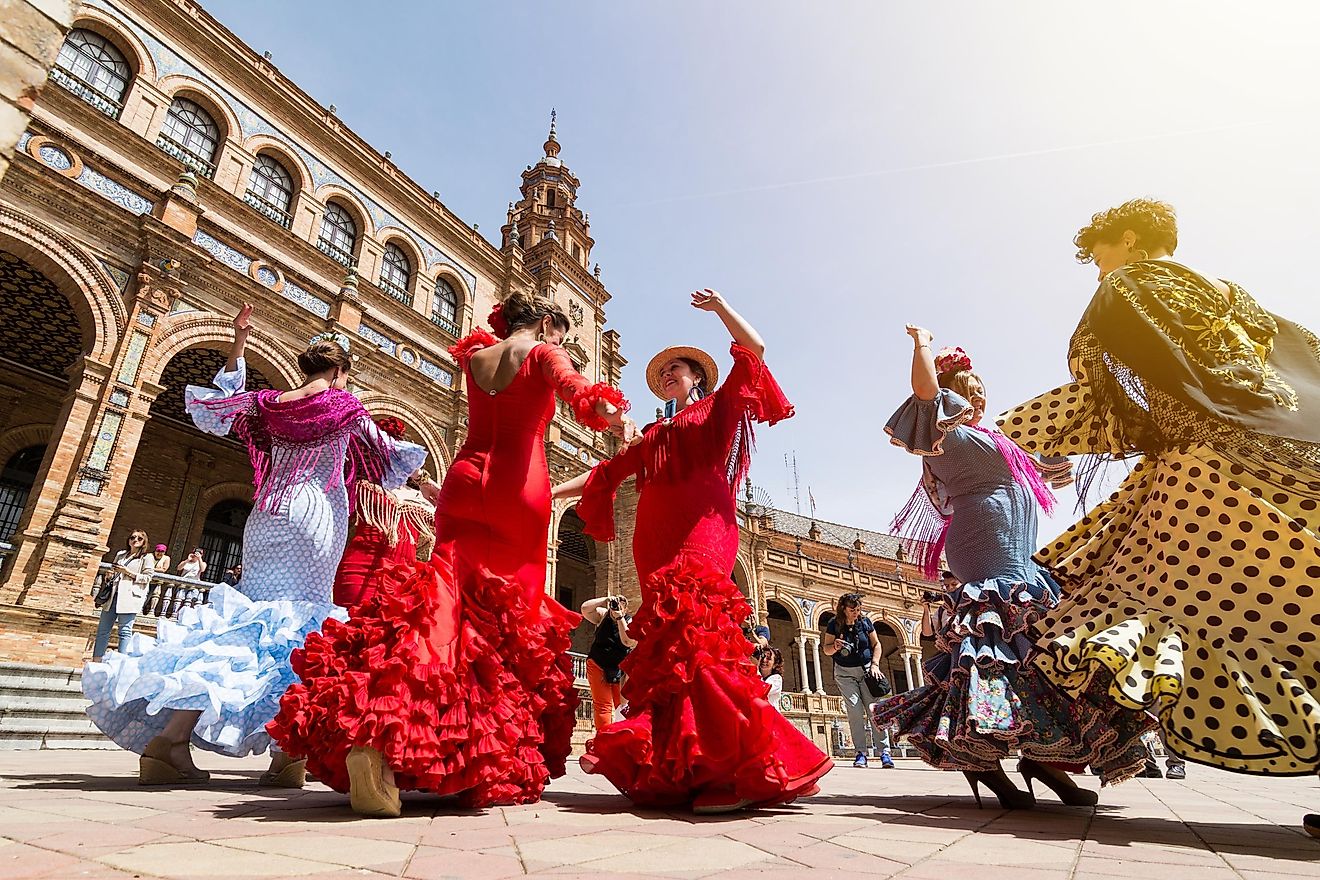
Spain has a vibrant music and dance scene with a wide array of genres ranging from traditional, classical music to modern genres. The music and dance are widely influenced by the cultural diversity of the country with different regions having distinct music styles. The region of Andalusia is known for the flamenco music and dance which incorporates the traditional seguidilla style. Other popular genres from the region include Sephardic and copla genres. Some notable musicians from Andalusia include Carlos Cano, Javier Ruibal, Joaquin Sabina and Luis Delgado.
The Aragon region is known as the birthplace of Jota music which is popular all over the country and features the use of tambourines, guitarro (a small traditional guitar), castanets, and the bandurria. The stick-dance, as well as the dulzaina dance, originated from Aragon. In the Canary Islands, a variation of Jota music known as Isa is common and is widely influenced by Cuban music.
Catalonia is known as the home of the Rumba Catalana, a type of rumba music created by the Catalan Romani with Rock Catalana being the popular music genre among young people from the region. In Valencia, Jota music is popular among residents who are also popular for performing bandes, local brass bands.
4. Literature And Arts
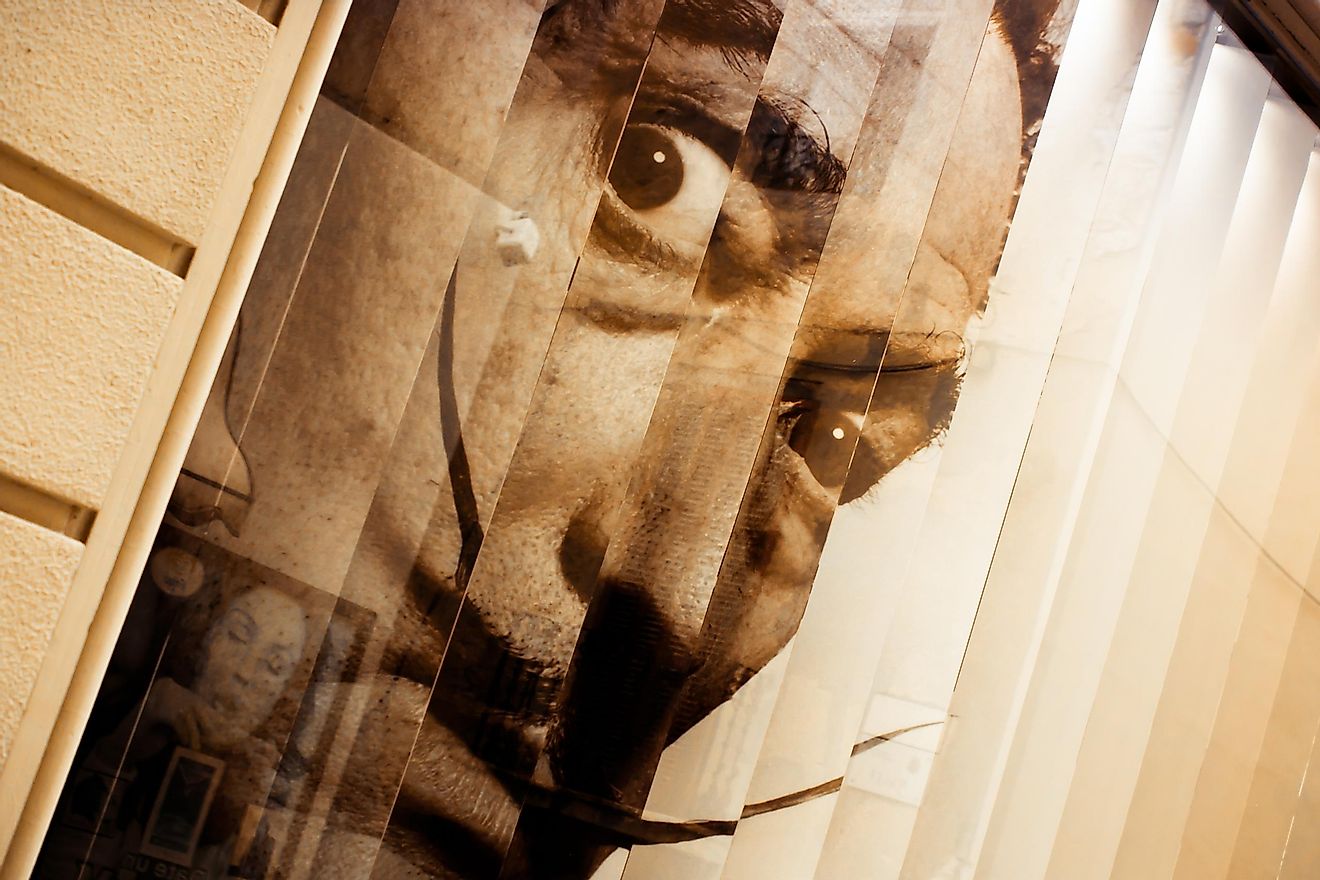
Literature in Spain has a rich history going back hundreds of years. One of the most popular literary works in Spain is La Celestina, a 1499 book written by Fernando de Rojas which is considered by many people as the best example of Spanish literature in history. A popular literary genre of Spanish literature is the picaresque novel whose origin is traced back to a 16th-century novel entitled Lazarillo de Tormes. The picaresque genre is where readers can follow the adventures of a rogue protagonist, and the most significant example of a Spanishpicaresque novel still commonly read today is Don Quixote.
Spain also has a reputable art scene with accomplished artists such as Salvador Dalí, Antoni Tapies, Juan Gris, and Joan Miro being known around the world. However, the most famous Spanish artist is Pablo Picasso, whose catalogue of works includes sculptures, paintings, ceramics, and drawings. The best locations to sample Spanish art at its finest are through its museums which include the Prado Museum, the Reina Sofia National Museum, and the Thyssen-Bornemisza Museum.
3. Cuisine
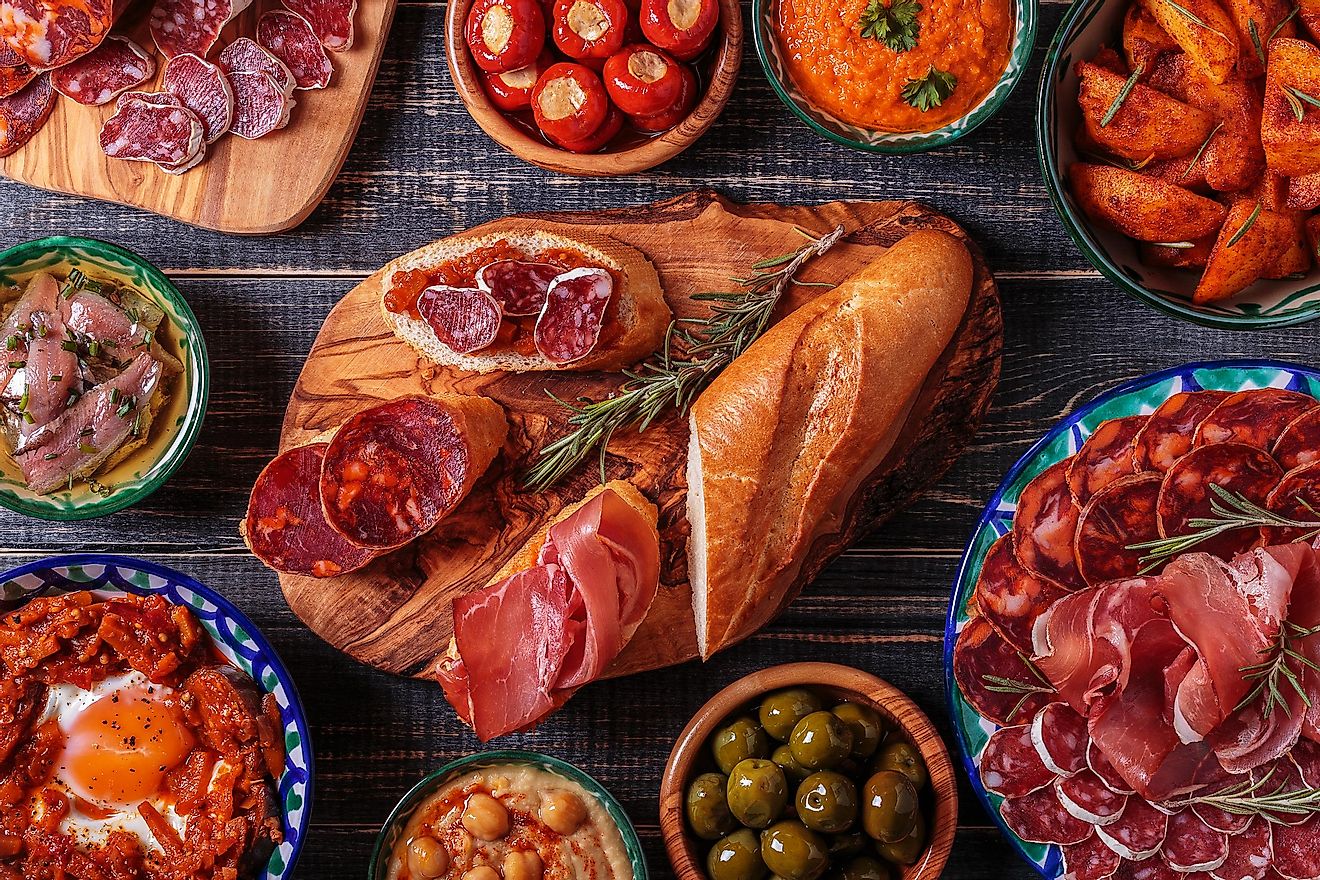
Spanish cuisine is primarily drawn from Andalusian, Jewish and Roman traditions and closely resembles Mediterranean cuisine. Common characteristics of Spanish cuisine include the use of olive oil with Spain being one of the largest producers of olives, the use of onions and garlic and the partaking of wine during meals. Most meals prepared in Spain have potatoes, beans, pepper, and tomatoes as key ingredients. Some popular Spanish dishes include Escabeche and the Merienda. A common snack enjoyed all over Spain is the tapas which is an assortment of foods served either cold or hot in restaurants and bars. Spain is also home to many world-class chefs who include Sergi Cola, Ilan Hall, Penelope Casas and Karlos Arguinano, among others.
2. Clothing
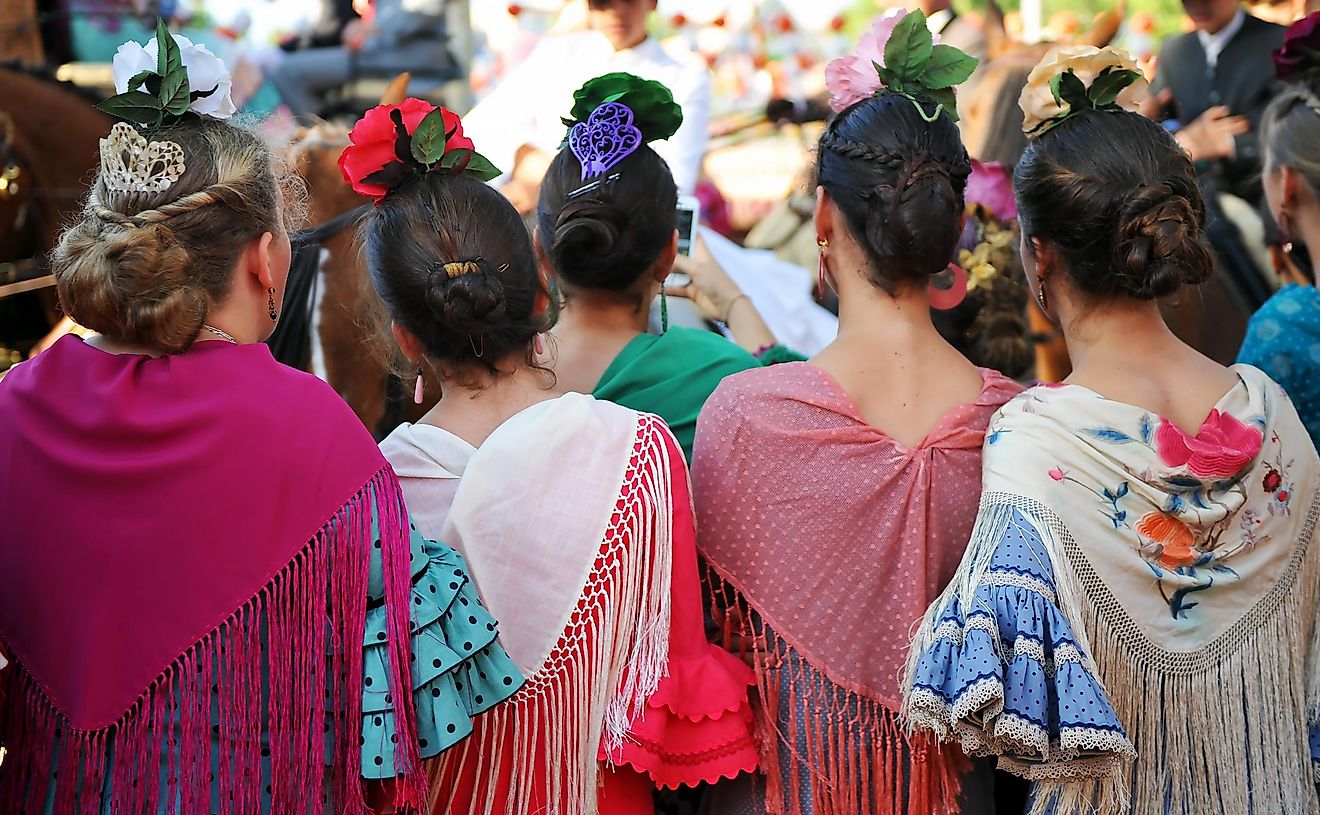
The clothes worn in Spain feature both traditional as well as modern influences. Young Spaniards, particularly from urban centers, sport western-styled clothing such as jeans and sundresses. However, there are various articles of clothing from traditional Spanish culture that can still be seen and include the Zamarra, a long coat made of sheepskin; the Barretina, a traditional male hat popular in Catalonia; the Traje de Flamenca, a long dress worn by Andalusian women; and the Sombrero cordobés, a wide-brimmed hat commonly worn in Andalusia.
1. Sports
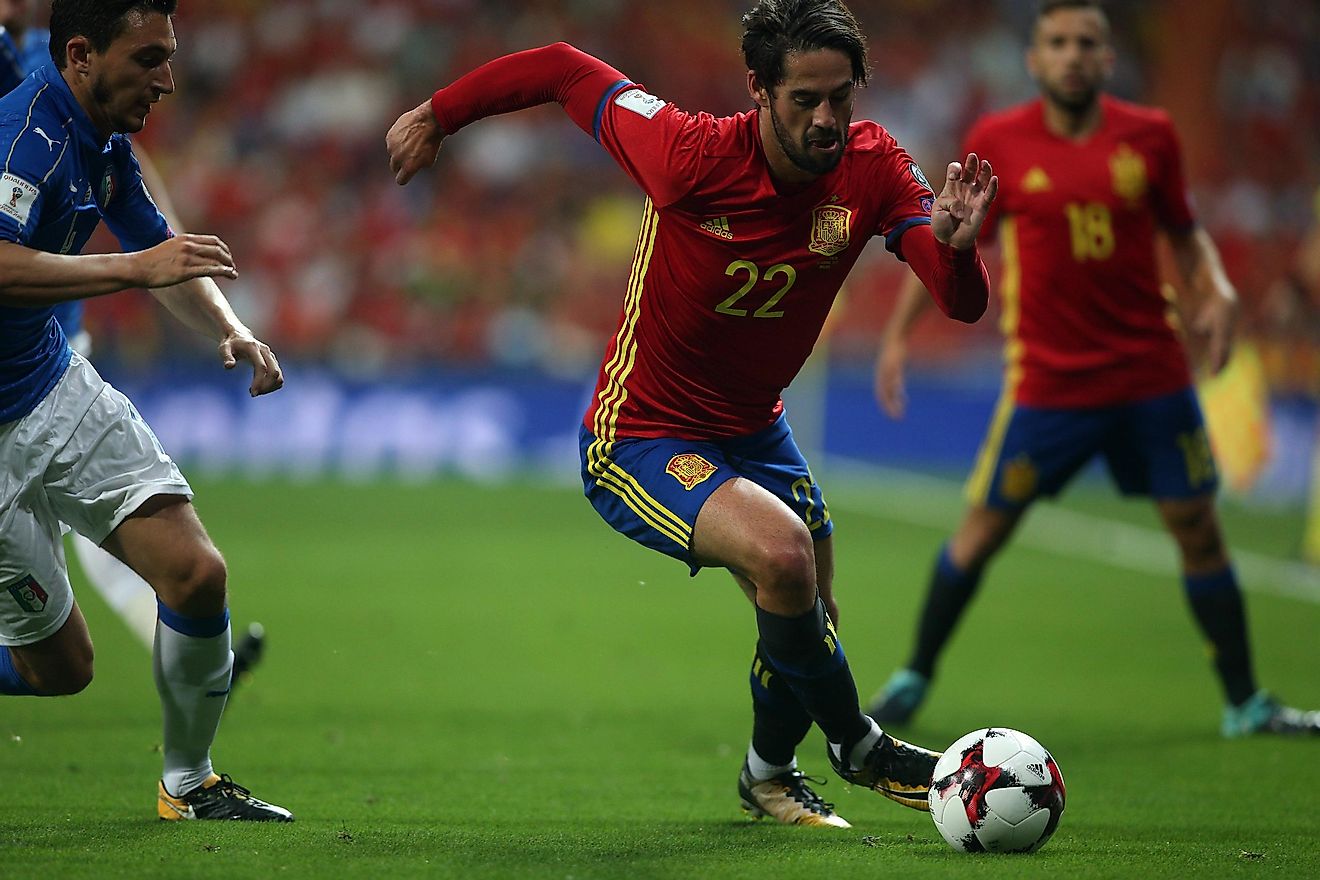
Football (known in the United States and Canada as soccer) is the most popular sport in Spain with the local football league known as the La Liga being dubbed “the best football competition in the world.” The La Liga features world-famous football teams such as Real Madrid and Barcelona, with global superstars like Cristiano Ronaldo and Lionel Messi playing for Spanish football clubs.
The Spanish national football team also has many world-class players and boasts of winning the 2010 FIFA World Cup. Tennis is another popular sport in Spain, with the country winning the Davis Cup five times. The country has also produced record-breaking tennis players led by Rafael Nadal, who became a tennis Olympic Gold medalist in the 2008 Summer Olympics.







